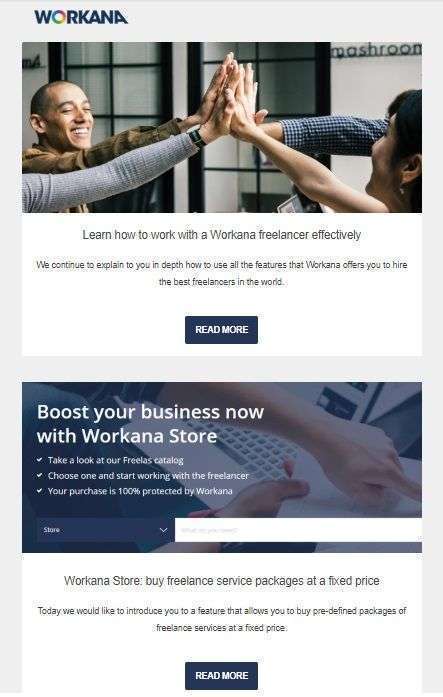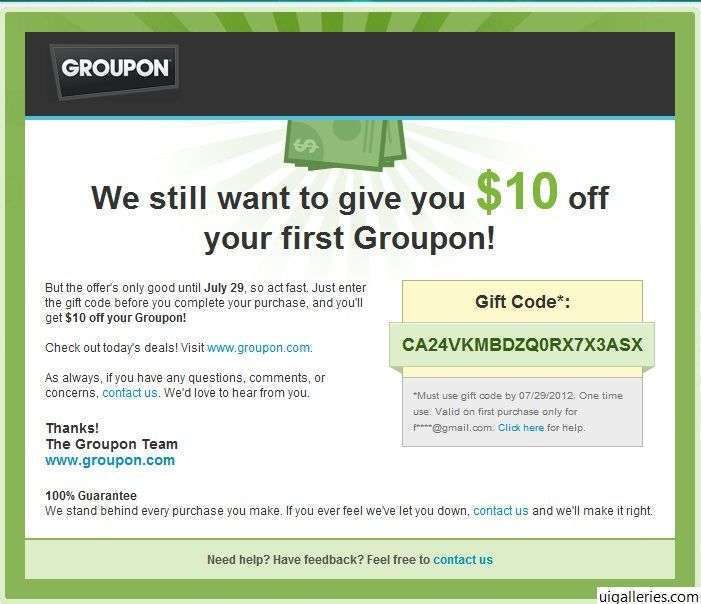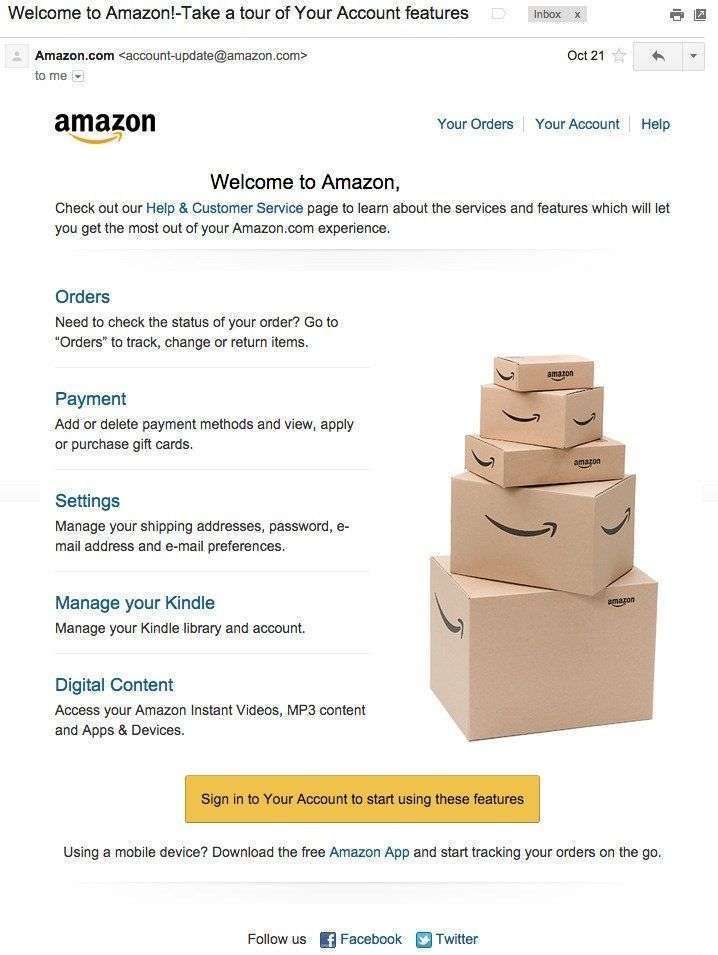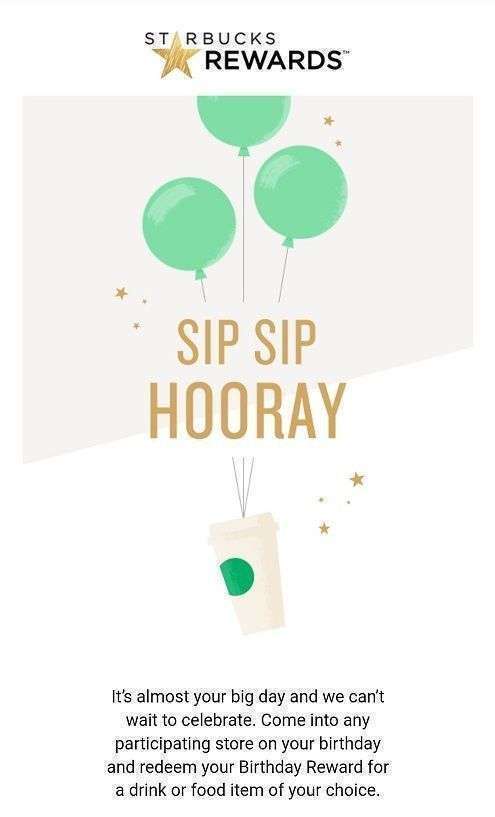Many people believe that e-mail marketing is just water under the bridge or nothing but SPAM collecting dust in your unwanted email inbox.
I must confess that I was one of them, until recently. Then, a very skilful client invited me to collaborate in his campaign, and I could see firsthand how this resource significantly increased the website’s conversion rates.
With this project, I realised that well-managed e-mail marketing works just because people do not perceive it like “e-mail marketing”. As an example, I have lots of emails in my SPAM folder. Though, I was not taking into account all the newsletters of companies and websites I am interested in, those who inspire me trust, and from where I often get articles or services.
There are three data I would like to share when it comes to e-mail marketing:
- According to surveys gathered by eMarketer, up to 80% of the companies which use digital marketing consider e-mail marketing to be the best channel for customer retention.
- WordStream experts claim that B2B companies are made known and pick up fresh clients mainly through recommendations, market authority and e-mail marketing, in that order. Besides, business-to-business e-mail marketing has up to 47% more CTRs than B2C e-mail marketing.
- According to EmailMonks, e-mail campaigns have a ROI of 122%, while Salesforce goes further in their estimates placing ROI at 3800%, and Direct Marketing Association boys bet on an exaggeratedly hopeful return on investment of 4000%.
Regardless of the point that there is no sharp consensus among experts, the reality is that e-mail marketing holds the highest ROI within the whole inbound strategies spectrum. MDirector specialists explain it clearly and straightforwardly:
“E-mail marketing is a channel that creates trust and which proves profitable. It is easy to implement; it enables in-depth performance measuring and, if done correctly, has an impact on potential clients’ behaviour. Not to mention the vast possibilities it has when it comes to building customer loyalty, learning how to achieve the best conversion rates. And indeed, it will determine which contents are most preferred by consumers”.
In short, e-mail marketing is a fine tool to be used for sales, branding, and engagement alike. It is of key importance that you know all the different types thus finding out which one or which ones are fit to work better with your business.
Here we will explain four types of e-mail marketing proven helpful to achieve concise objectives.
Traditional Newsletter/Information Bulletins
In both cases, the objective is to inform and continue sharing the same kind of valuable information which initially led users to subscribe to your bulletin. Even though they are not targeted to sales directly, they promote loyalty, engagement, increase traffic and build authority.
The informative newsletter is ranked first on acceptance among subscribers, according to expert Alex Serrano, and it is the second type of e-mail most sent by the enterprises. It tends to focus on MOFU content (that is, Middle of the Funnel, targeted to users who are in the midst of a customers’ journey) like blog entries, company and sector news, case studies, survey results, and so on.
Well, not to boast, but Workana’s blog Newsletter is an excellent example. You can subscribe in the easiest possible way, by just merely leaving your e-mail.

Promotional campaigns
They stand for the type of e-mails that tell subscribers about offers, promotions, surveys, contests, opportunities, events, etc. Their goal is to create conversions, that is, to make users pass from one of the customers’ journey stage to the following one.
BOFU content (Base-Of-the-Funnel, targeted to those users who are at the last stages of the customers’ journey) is often used in this type of e-mail marketing because it aims at a quite segmented audience. Big data analysis proves crucial here since it will allow you to determine what promotions are to be sent to whom and why.
As an example, we have this discount sent to me by Groupon, since I have not been navigating through their site for several weeks.

Transactional e-mails
They involve automatic and/or tailored responses triggered by some customer’s action: a purchase, his registering, a claim, a doubt raised, etc. They serve the purpose of achieving conversions, building brand affinity, following-up and casting interest on the user.
Some examples of transactional e-mails are those which you receive to confirm an order, to welcome you after registering in or to respond to some claim. Following is the message sent to me when I subscribed to Amazon:

Seasonal Campaigns
They include messages that use some holiday or special dates as an excuse to create a brand presence, to increase loyalty, share an offer, etc.
Since we are used to receiving our beloved ones’ congratulations and presents on dates like Christmas and Saint Valentine’s we tend to be more receptive to the information coming in those days.
As an example, last week, Starbucks sent me an e-mail telling me that since I am a frequent customer, they would give me the beverage I selected for my birthday, for free. By doing that, they made sure to grow on me, that I went to pick up my free beverage and, moreover, that I bought an individual pastry.

Many e-mails fit in more than one of the categories we have just gone over, and that remains ok as long as you don’t saturate your customer with them. Maybe you should include a discount coupon in your Welcome E-mail or invite your readers to check an article or news linked to some specific holiday.
Whenever you make use of e-mail marketing, the important thing is to always keep in mind the goal of your message, to measure your results objectively, and to make the necessary changes thus optimising your strategy continuously.
At Workana you can hire a team of professionals who are experts in effective e-mail marketing campaign development. Create your project today and start growing your business with the best inbound strategy there is.



